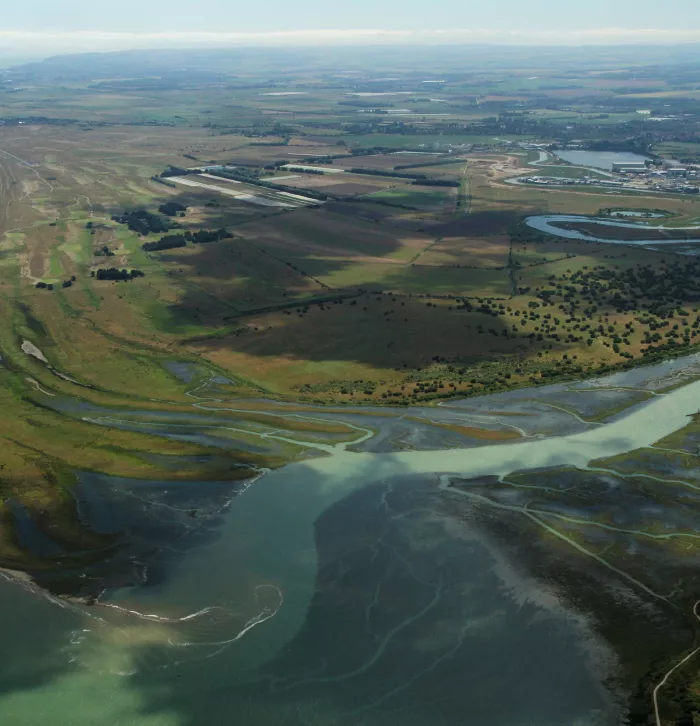Stodmarsh Nature Reserve and the Stour River within it are some of the worst affected sites and were therefore categorised within a Nutrient Neutrality catchment area. This Site of Special Scientific Interest (SSSI) now has many areas classed as unfavourable in condition. The lakes are in a state of eutrophication and low oxygen from this has led to fish kill events. As more fish and invertebrates begin to die off, less food will be available for the birds to feed on and the value of this reserve for wildlife could be lost.
Daniel Wynn Head of Nature-based Solutions at Kent Wildlife Trust: “If the Levelling Up and Regeneration Bill amendments were allowed to go through, the rules would have been thrown out and developments on the Stour River would have been allowed to continue, regardless of the cost to the river and the wildlife it supports. Fortunately, the amendments were defeated in the Lords but who knows what the government will do next to force this issue through. The Stour can’t afford any more pressure from increased nutrient pollution or residential developments.
“We estimate that to meet the 1250kg total phosphate reduction needed across the Stour catchment, approximately 75,000ha of land needs to be fallowed and taken out of agricultural production. In comparison, Kent County Council currently has a target of constructing approximately 100ha of wetland to offset this phosphate.
“With all this low-grade farmland in the Stour River catchment area, there is a huge opportunity for developers to work with Kent Wildlife Trust to mitigate the effects of pollution and improve the area, but the impetus must be on the government to enforce nutrient neutrality schemes to speed up the process.
“The Save Our Stour Campaign aims to encourage people to write to their MPs and ask the government to prioritise the reduction of river and water pollution and work with organisations, like us, to find a more balanced solution that allows development to continue without risk or damage to nature and wildlife.
“Nature recovery is fundamental to the health and wellbeing of our society, and we are allowing it to be polluted and ignored. It is time to do more to protect rivers, not less.”
In addition to being a SSSI Stodmarsh Nature Reserve is designated as a Special Protection Area (SPA), a Ramsar site and a Special Area of Conservation (SAC). These designations are given to Stodmarsh because of its importance to a huge array of species. The wetland habitat and extensive reedbeds, swamp and fen communities support waterbird species including bearded tits, shovelers, gadwalls and even the rare and allusive bittern. These birds come to this site to overwinter and some, even to breed. It is even home to important invertebrates such as Desmoulin’s whorl snail, listed as a priority species in the UK Biodiversity Action Plan.
Nature recovery is fundamental to the health and wellbeing of our society, and we are allowing it to be polluted and ignored. It is time to do more to protect rivers, not less.Daniel Wynn, Head of Nature-based Solutions, Kent Wildlife Trust
Sign-up to our ‘Speak up for Nature’ mailing list to find out more about campaigning to save nature in Kent.


